A Fresh Look at Songwriting in Music Therapy
This week’s symposium topic was songwriting. We discussed all aspects of the process, from chord choice to lyric writing. Many songwriters tend to use the generic I-IV-V chord structure for their songs. This discussion reminded us that while that may be easy, there are many more options, and re-harmonizing a familiar song can be a good way to practice this, even if the only change is to simply add the seven. Something as small as that can change the whole sound of a song and make it more interesting and engaging. Additionally, the chords you choose to use with your melody do not have to be predictable. The note in your melody does not have to be the one (do) or fifth (sol) of the chord, it could also be the seventh or ninth, or it could be a passing tone. Remembering little tips such as these that you learned in theory class can be helpful when trying to enhance your songwriting experience.
When beginning the lyric writing process, it is important to keep a few things in mind. First, use words that are specific and concise – less is more. The less “fluff” in your lyrics, the easier they will be to understand and the better they will convey any intended meaning. Choosing a single topic or theme and painting a specific picture around that is a good way to accomplish this. When working with a client, it is best to choose something concrete (season, color, object, etc.) as opposed to something abstract. Second, it is important to identify “I” (the narrator) and the “you” the singer/writer is speaking to (the audience). This will give the song direction and make it easier to understand and relate to. On that same topic, it is notable that there are two types of thinkers when it comes to songwriting/listening. The first type of person is one who thinks of a song as something they are singing to someone else, and the second type is a person who views a song as if it were being sung to them. Identifying which way you (or your client, co-writer, etc.) perceive a song will also help push you in a direction that will make your song more accessible and easier to relate to.
-Becca



